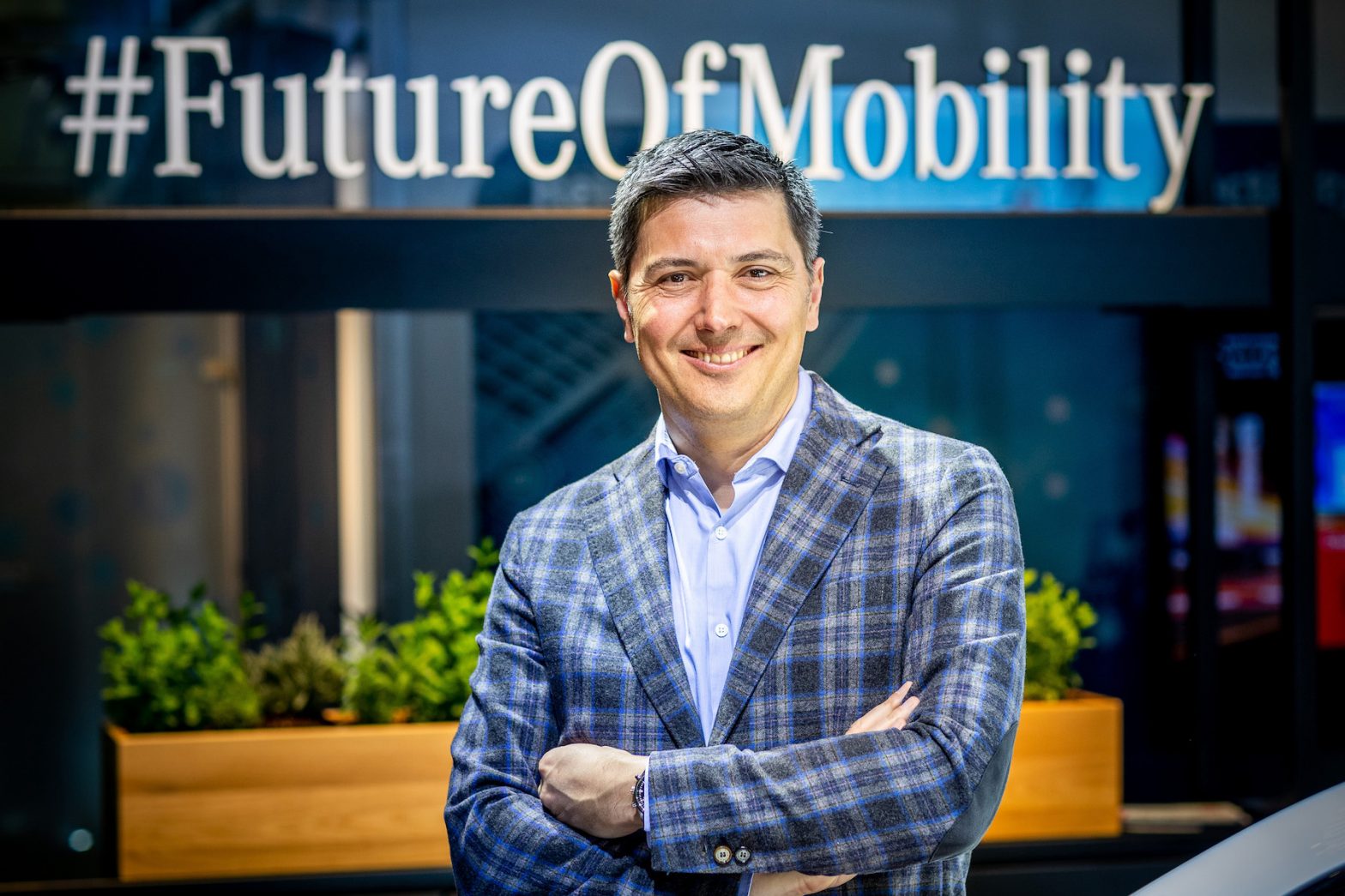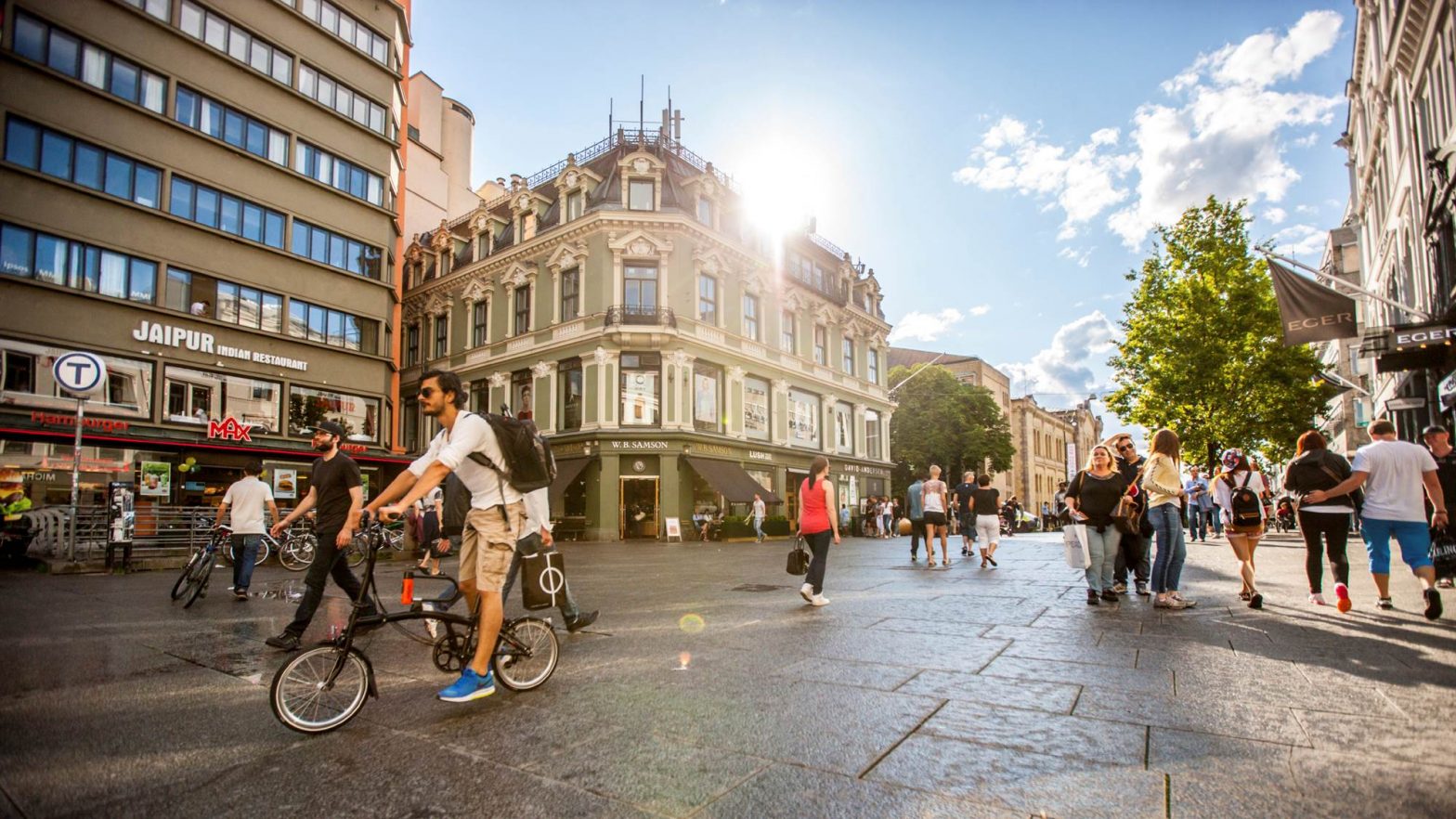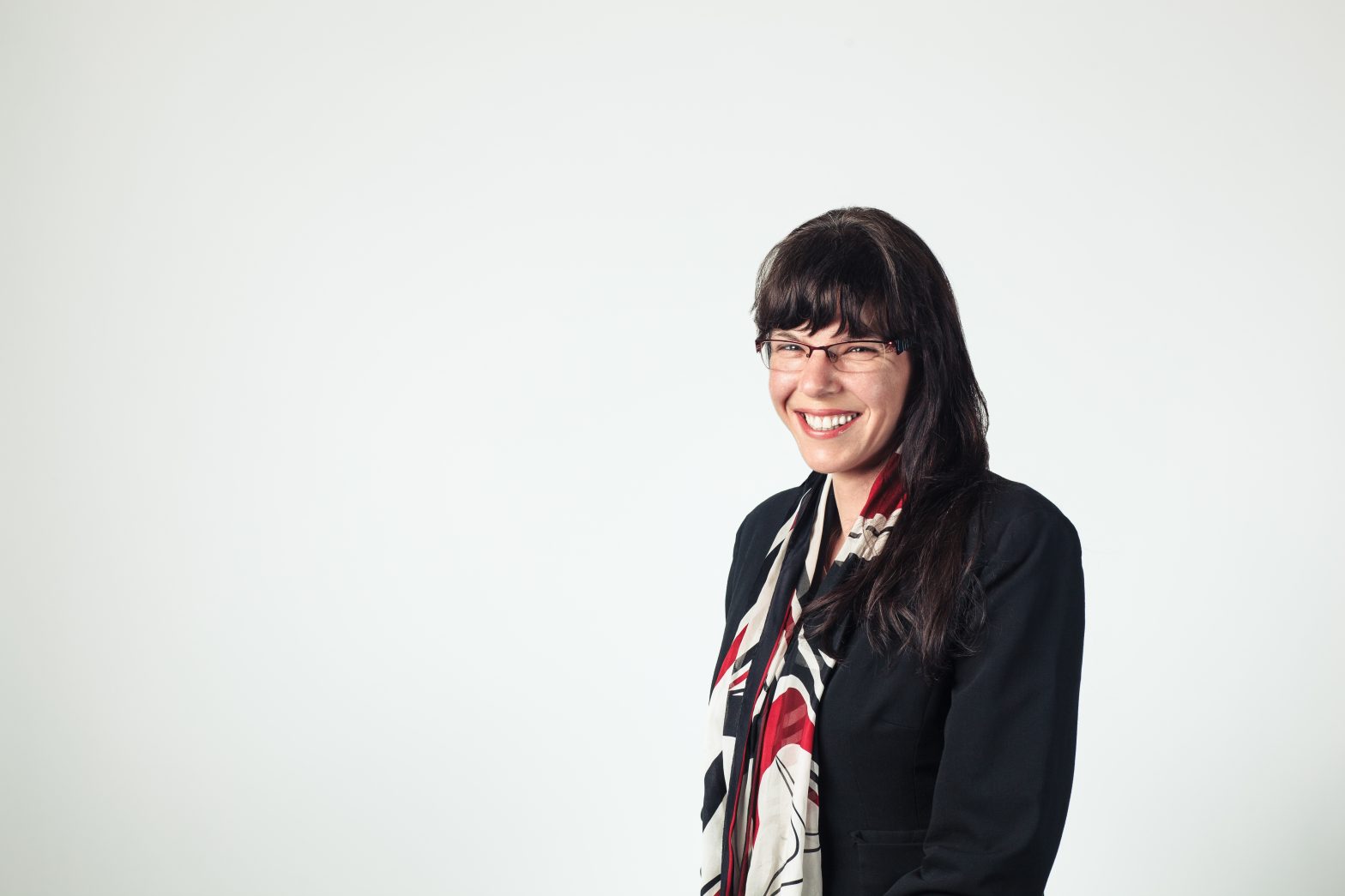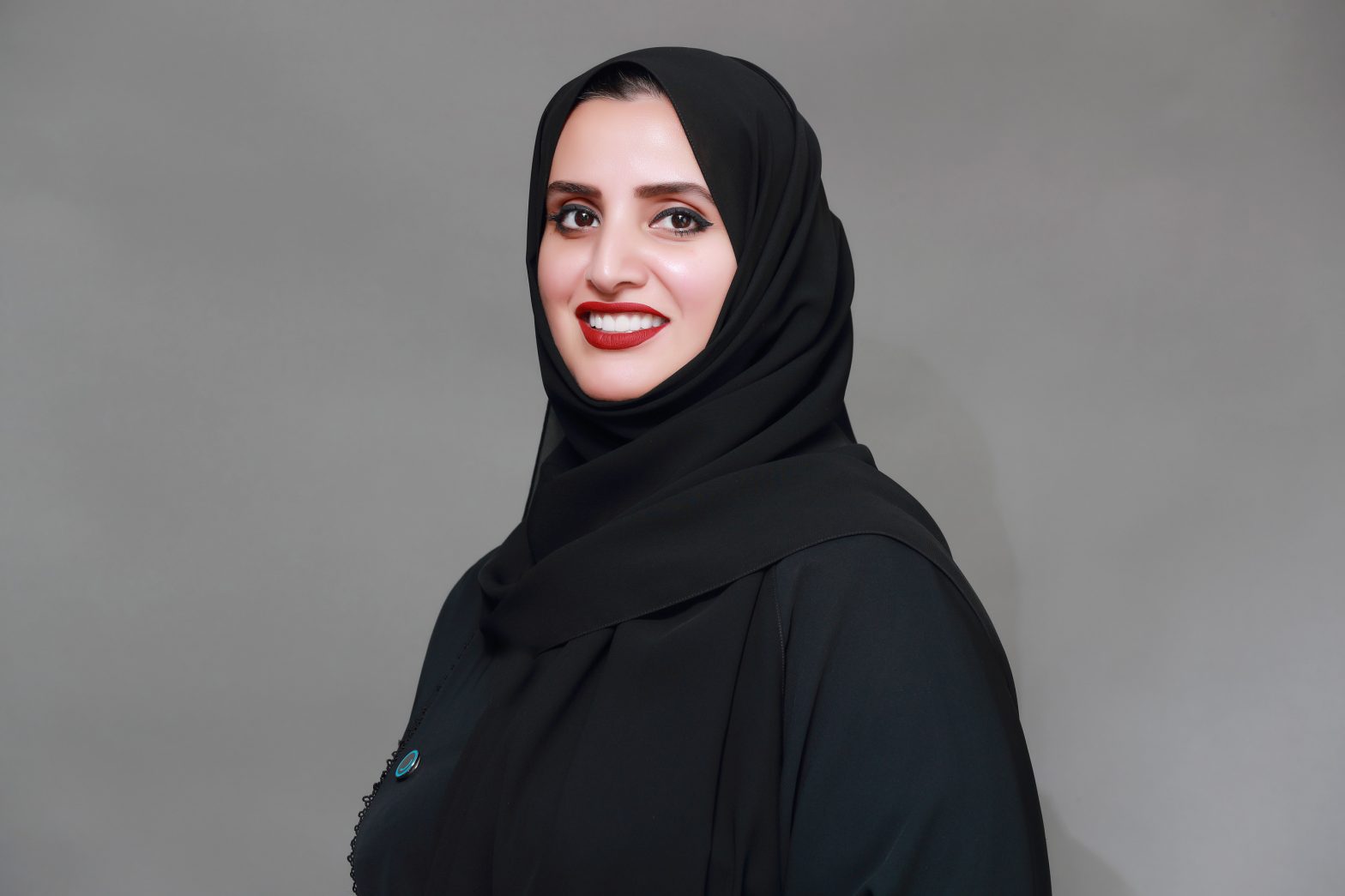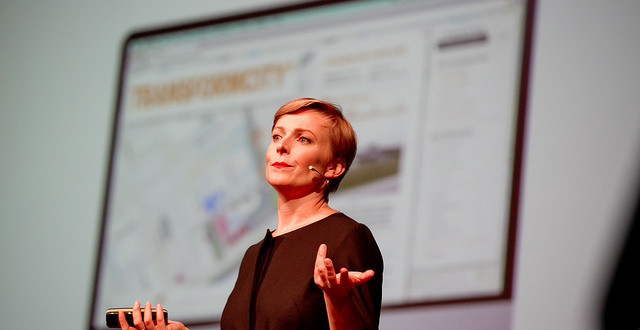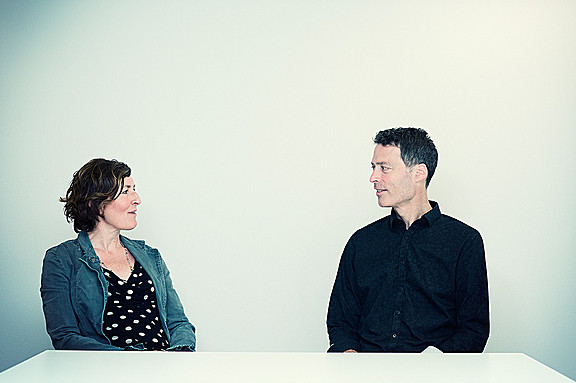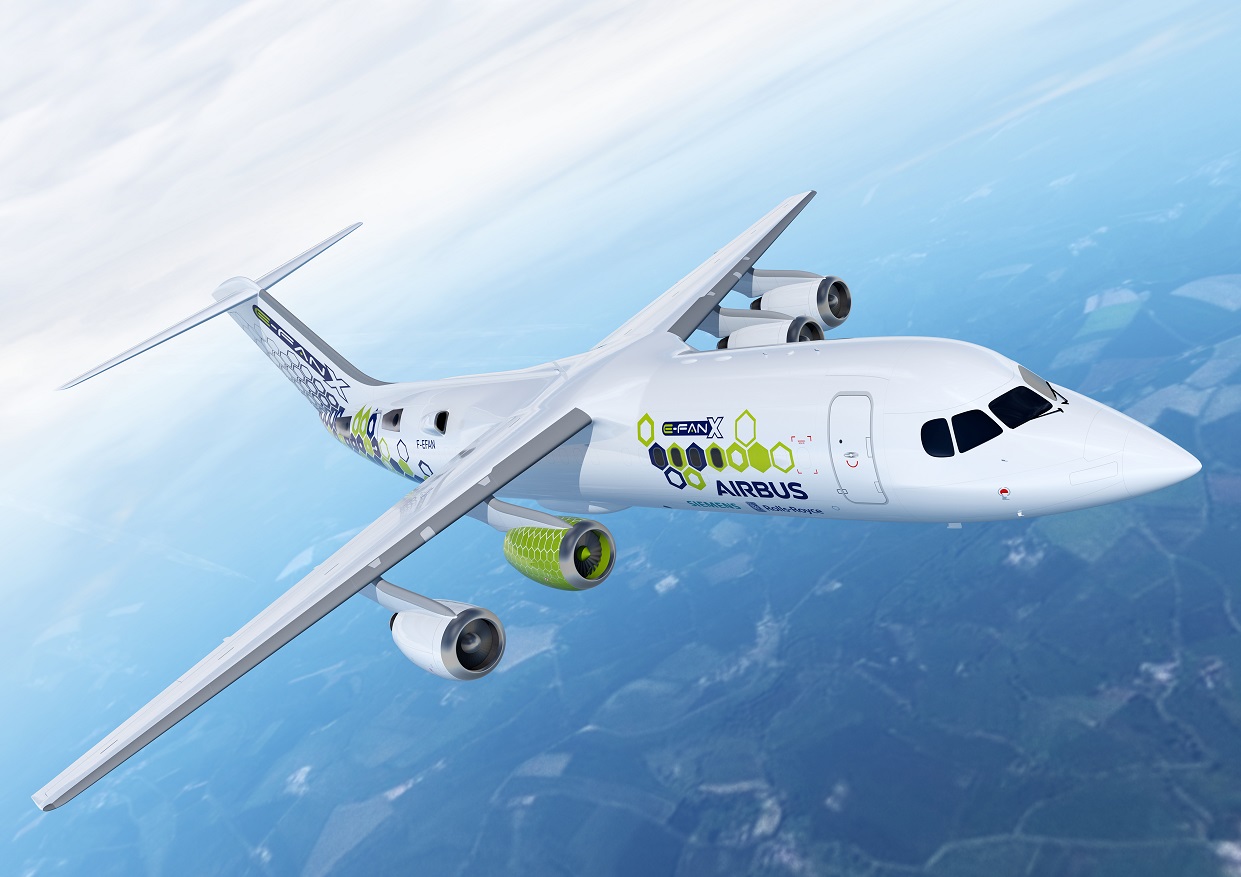
Photo: EFANX_viewpoint-2-HD_BSJ_20180201-s
Are all-electric, 100-passenger planes on the horizon?
03 June 2019
By Mark Wessel
Against the backdrop of today’s environmental challenges, Glenn Llewellyn is working fervently behind the scenes to support a revolution.
A revolution in the aerospace industry that is, which, at least from Llewellyn’s perspective, has the potential to help solving some of those environmental challenges.
“I would say we’re seeing the start of the third aerospace revolution,” Llewellyn, the general manager of electrification at Airbus says matter of factly. “The first was flight itself. The second, in the 50s and 60s, was the commercial jet age during which we started to democratise air travel. And then the revolution we’re now initiating is to bring zero emissions technology to aviation.”
According to the Geneva-based Air Transport Action Group (ATAG), air transportation currently represents only 2 percent of all human-induced CO2 emissions. These figures may not seem that high, but at Airbus we nonetheless take reducing and eventually eliminating CO2 emissions as a serious priority. This will be the way that aviation can continue to add increasing value to society with less impact on the environment.
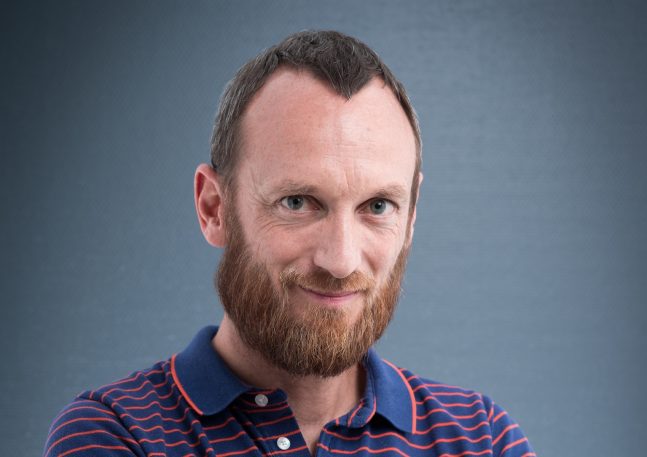
“We need to make aviation more sustainable, and there’s a huge challenge ahead of humanity to reduce CO2 emissions,” says Llewellyn. “So I’m proud to be a part of a company that recognises this challenge and is doing something about it.”
Beyond the obvious environmental benefits, Llewellyn feels the work of his team to take zero-emission air travel mainstream will help to make the world a better place in other ways as well.
“I’m an Irish guy with a British wife living in France with three children born in France and I see huge social value in learning more about other people’s cultures This is only really possible if we can connect people from different parts of the world. And aviation is the only practical means to physically connect people over long distances. This fosters mutual understanding and a better chance of peace across different cultures and societies.”
While people from countries around the world are already ‘connecting’ through air travel, the fundamental difference on which Llewellyn and his team are focussed is enabling people to continue to connect, while reducing significantly the environmental impact of this travel.
Airbus started its electrification journey back in 2010 with the development of the Cri-Cri, the world’s first fully electric four-engine aircraft. Since then, the aerospace company has continued to push the boundaries of hybrid-electric and all-electric systems by consistently launching major new programmes.
One of the most significant breakthroughs in electric flight was the piloted flight of the all-electric twin propeller E-Fan, which successfully crossed the English Channel in 2015. This was followed in 2017 with the first flight of Vahana, Airbus’ self-piloted electric vertical take-off and landing (eVTOL) demonstrator vehicle. That year, the company also launched the E-Fan X hybrid-electric aircraft demonstrator as a stepping stone towards the creation of a hybrid-electric commercial airline family. The goal of this program is to eventually produce single-aisle aircraft capable of carrying 100-plus passengers.
And as for that great leap toward an all-electric or hybrid-electric aircraft capable of carrying 100 passengers? Llewellyn says realistically it will be in the 2030s, but he remains convinced it’s not a matter of ‘if’ but ‘when’ this breakthrough occurs.
The challenges Llewellyn and his team face are multi-faceted–from developing higher-density batteries that can store significantly more energy, to addressing electro-magnetic interference problems through such measures as ensuring the cabling through which the largest amounts of power run is adequately shielded.
“Technology still needs to improve, but it doesn’t keep me up at night,” he says. Part of his confidence stems from the fact that, in his estimation, “right now, energy storage is getting more investment than any other technology on the planet.”
At this year’s Urban Future Global Conference in Oslo, Llewellyn is presenting at a session entitled Leader of the Pack: Norway Makes the Impossible Happen. How Norway leads in the electrification of ferries and aviation. And although Llewellyn and the rest of his Airbus team are based in Toulouse, France, he says there is a unique Norway connection that complements Airbus’ holistic approach to furthering zero-emission aviation.
“If you use energy that is generated from a coal-fired power station, then your electric aircraft really isn’t flying with zero emissions,” he observes. “That makes Norway the ideal location (for test flights), because the country’s energy supply is almost 100 percent renewable.” He says the fact the country’s airline flights are relatively short between major cities also complements their test efforts with the current range limitations of all-electric and electric-hybrid planes.
Llewellyn says the work Airbus is doing to transition the airline industry from fossil fuels to electric power is forcing them to go outside the traditional aviation sector. A reality he finds both interesting and inspiring.
“We need to work with technology players who are not necessarily in aviation,” he adds. “Decarbonising is only something that can be done by working with energy suppliers. We also need to work more with cities and airports to really bring this technology to life. It’s something we’re really open to doing.”
Notwithstanding the gargantuan task that lies ahead to make that third aerospace revolution a reality, Llewellyn remains remarkably grounded about his company’s role in all of this–recognising that Airbus can’t make this revolution happen on its own. Despite Airbus’ remarkable achievements to date, he says “I think we need to stay humble as well.”


